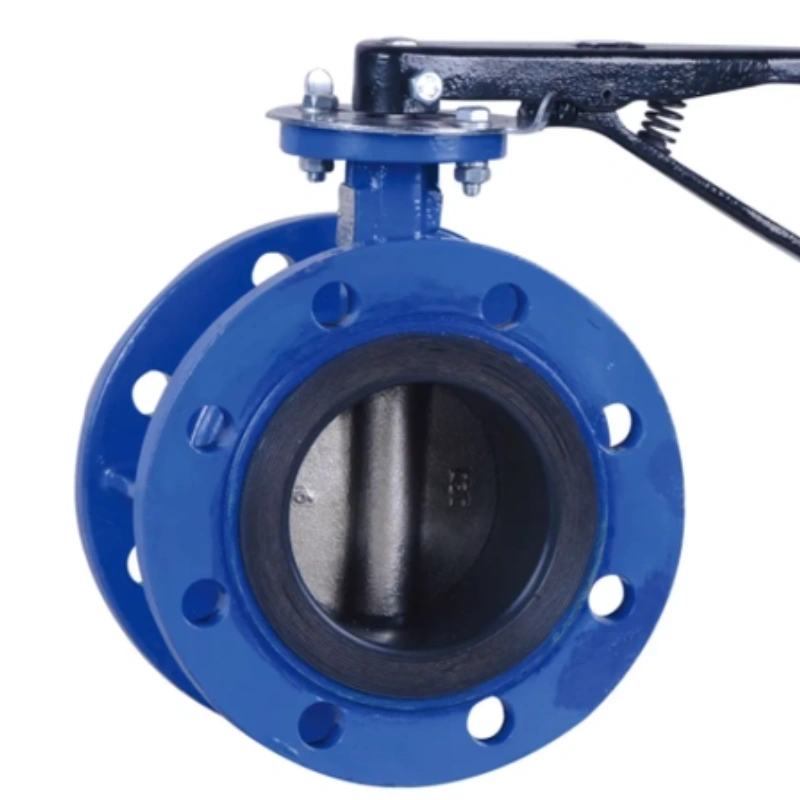Globe valves are trusted workhorses for throttling and shut-off across countless industries. Their linear, predictable motion gives operators precise control from a trickle to a torrent, while delivering reliable sealing when the flow must be stopped. When choosing, understanding the different globe valve types helps you optimize performance, maintenance, and total cost of ownership.

Common globe valve configurations you’ll encounter:
- Standard globe valve (straight-through pattern): The classic form, offering robust throttling control and dependable shut-off for most services. It’s a reliable, economical choice when moderate to high flow regulation is needed.
- Full-port (full-bore) globe valve: Bore equals the pipe diameter, minimizing flow restriction and pressure drop. Ideal for high-flow applications or where clean, unobstructed flow is essential, such as in circulation lines.
- Reduced-port globe valve: Smaller bore than the pipe, which lowers material and weight costs but increases pressure drop. Suitable when price, size, and weight matter more than absolute flow capacity.
- Y-pattern globe valve: A compact, lighter design with a streamlined internal flow path. The arrangement reduces weight and inertia while preserving precise throttling and tight shut-off in tighter spaces.
- Angle globe valve: The flow path makes a 90-degree turn. Perfect for space-constrained installations or piping already oriented at right angles, combining convenient wiring of instrumentation and piping routes with reliable control.
Beyond the basic body patterns, other distinctions refine a globe valve’s performance:
- End connections: Flanged, butt-weld, socket-weld, or threaded joints. The choice affects installation, maintenance, and system integrity in pressure-containing applications.
- Stem and bonnet design: Rising stem (with visible stem movement when opened) versus non-rising stem, and outside screw and yoke (OS